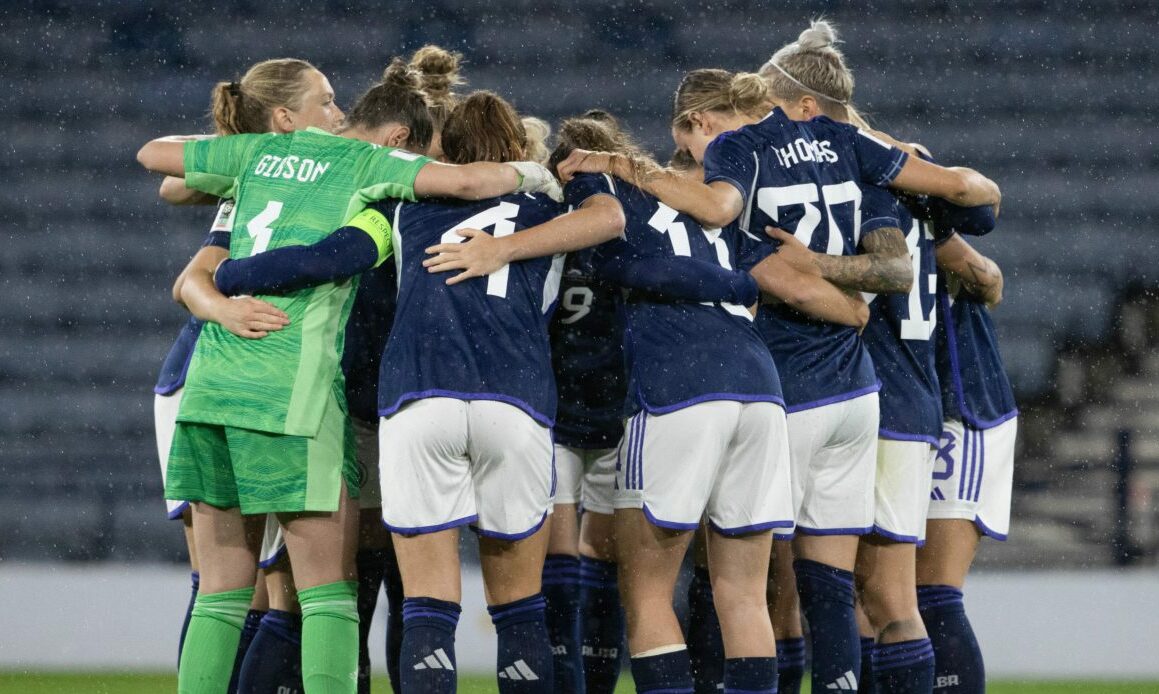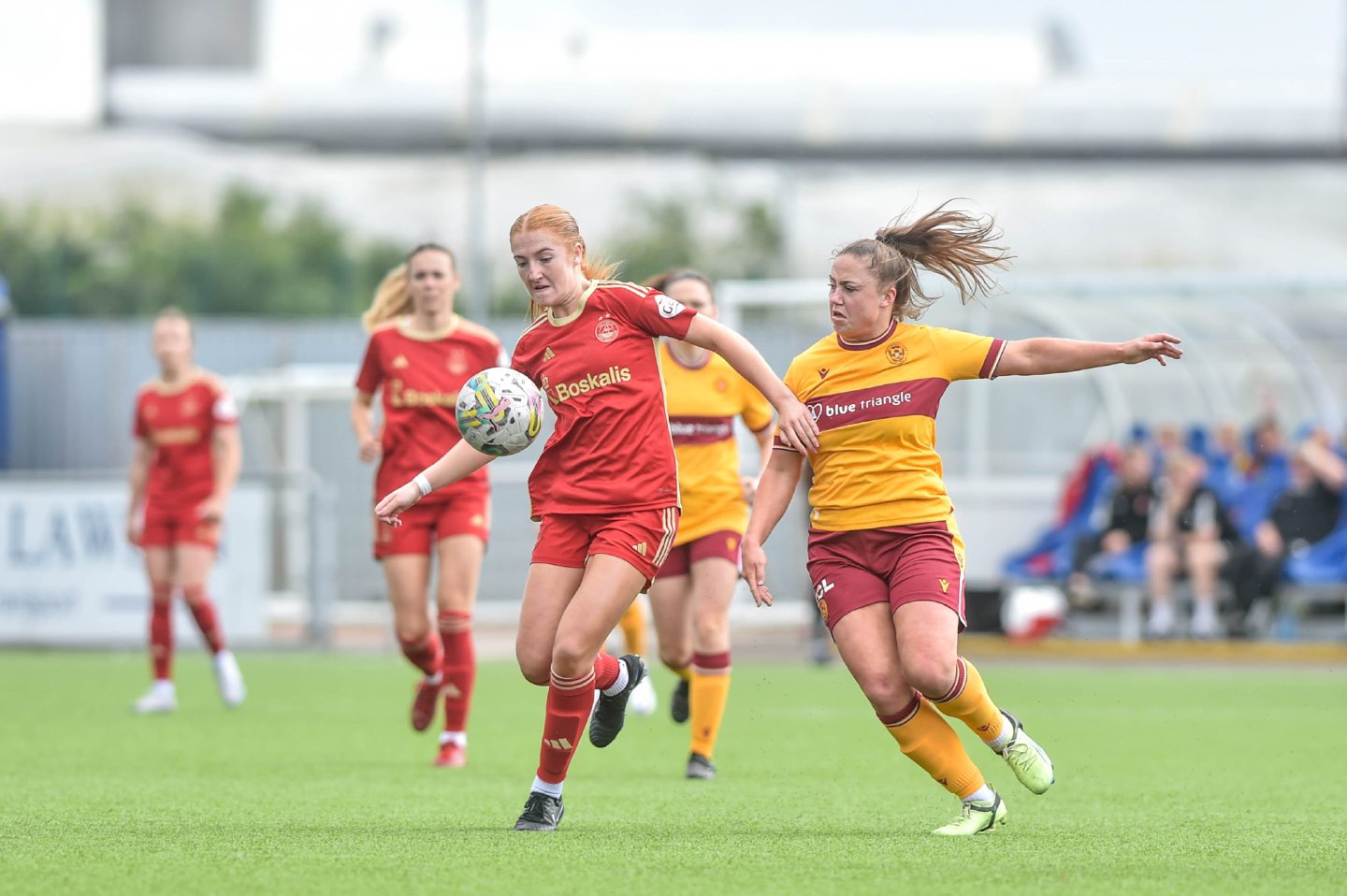I grew up at a time when, generally speaking, little girls and football didn’t mix.
Still, there’s no denying it was a fixture of my childhood; it was always on. We had one TV, so the sport dominated that small screen during World Cups and for important matches – even if the important part was just making sure the rival teams we (Dad) wanted to see lose got beat.
The cry of “golaço!” that opened every episode of Football Italia (often on while Dad ironed his shirts) is burned into my memory. On the road, BBC 5 Live reigned supreme, particularly when Mum wasn’t in the car.
Critics (Dad) deemed the audio commentary far superior to the chat on the telly. Thankfully, the brief delay between live radio and TV meant games could be listened to in the kitchen, with just enough travel time for muted goals to be watched and celebrated next door in the living room.
I don’t remember anyone ever trying to teach me the ins and outs of football, but then – barring memorising (and quickly forgetting) the offside rule in 2002 after seeing Bend It Like Beckham – I never showed much interest in learning them. We used to have a kickabout in the back garden with my sister every now and again, but I was the little one and the ball always – always – hit me in the face.
Needless to say, I wasn’t particularly sporty as a kid, but I dabbled in a few things over the years: acrobatics, short tennis, athletics, dancing. Never football. No girls I knew played, not even informally.
Even though I was immersed in it at home, even though it was a huge cultural cornerstone, I couldn’t care less. While we coexisted, I felt no connection to football.
Unconsciously and without malice, purely because that was the way it was back then, my dad’s lifelong love of the sport didn’t develop into a shared father-daughter passion. It was never said out loud, but the societal message came through clear as a whistle anyway: football wasn’t for me, or people like me.
Football has come a long way in a short space of time
I left home and wasn’t exposed to any football, even in passing, for years. I married a man who isn’t just apathetic but oblivious to it, thank Maradona. No finding a bar to watch the game while on holiday or zoning out of 5 Live for me.
But working in a newsroom, sitting next to a sports reporter, meant I begrudgingly started paying attention again when I became a journalist. And, though I wasn’t expecting to be surprised, a lot had changed while I had my eye off the ball.
Across Scotland, the wider UK and the rest of the world, footballers and their clubs had begun standing up against and speaking out about racism and homophobia.
Matildas fans all over the country shook the ground as they celebrated Australia's historic victory over France in the World Cup.
There were celebrations in the skies too as passengers on a flight took in the tense penalty shootout. Well, all but one … pic.twitter.com/qystfvifPA
— Guardian sport (@guardian_sport) August 14, 2023
Countless football-related initiatives designed to raise awareness of and help with mental health struggles had been started, like the United to Prevent Suicide campaign and Moray Mental Health FC.
And women were playing football! Professionally! Just round the corner from me! Which, of course, they always had been – at least since Scotland finally lifted its indefensible 53-year ban on that very thing in 1974.
A spotlight has been shone on women’s football in recent years, and it’s changing the sport as a whole for the better. Society’s positive shift in attitude has been swift and, in my opinion, remarkable.
It’s too late for me – but I’m cheering on the next generation
There’s no question that there are still some very ugly sides to the beautiful game. Sexism, racism, homophobia and transphobia, domestic violence – none of these intertwined issues have gone away. But, though by no means perfect, the world of football is more self-aware than it ever was, and constantly evolving.
The popularity of the 2023 Women’s World Cup – which comes to a close today – is a fantastic example of progress, but huge leaps and bounds have been made at all levels. Seeing everyone from Aberdeen FC Women to Scotland’s national side and England’s Lionesses receive the coverage and support they deserve has been a thrill, even for someone as indifferent as me.
Never say never, I know, but I don’t imagine I’ll ever be whipped into a frenzy by a football match, follow a particular team or (let’s be realistic) learn the nuts and bolts of the game. It’s too late for me.
Nonetheless, I’m glad that, now, little girls have so many role models to look up to in that realm – not just playing on the pitch but managing, refereeing and commentating from the sidelines, too. Now there is a much greater chance that those girls will grow up knowing what has always been true, and what I wish I’d known as a child: football is for everyone.
The last time I was in Glasgow, I walked past a bustling pub called The Rose Reilly. Stopped in my tracks, I smiled and snapped a photo.
Though she retired from football in the mid-nineties, I had no idea who Rose was until a few years ago. The same goes for Elsie Cook, the late Edna Neillis and many more talented, pioneering players.
We’re always pushing forward, but the relatively modern success of women’s football has been hard fought for; its rich history deserves to be celebrated just as much as any winning goal.
Alex Watson is Head of Comment for The Press and Journal and just hopes both teams have fun


